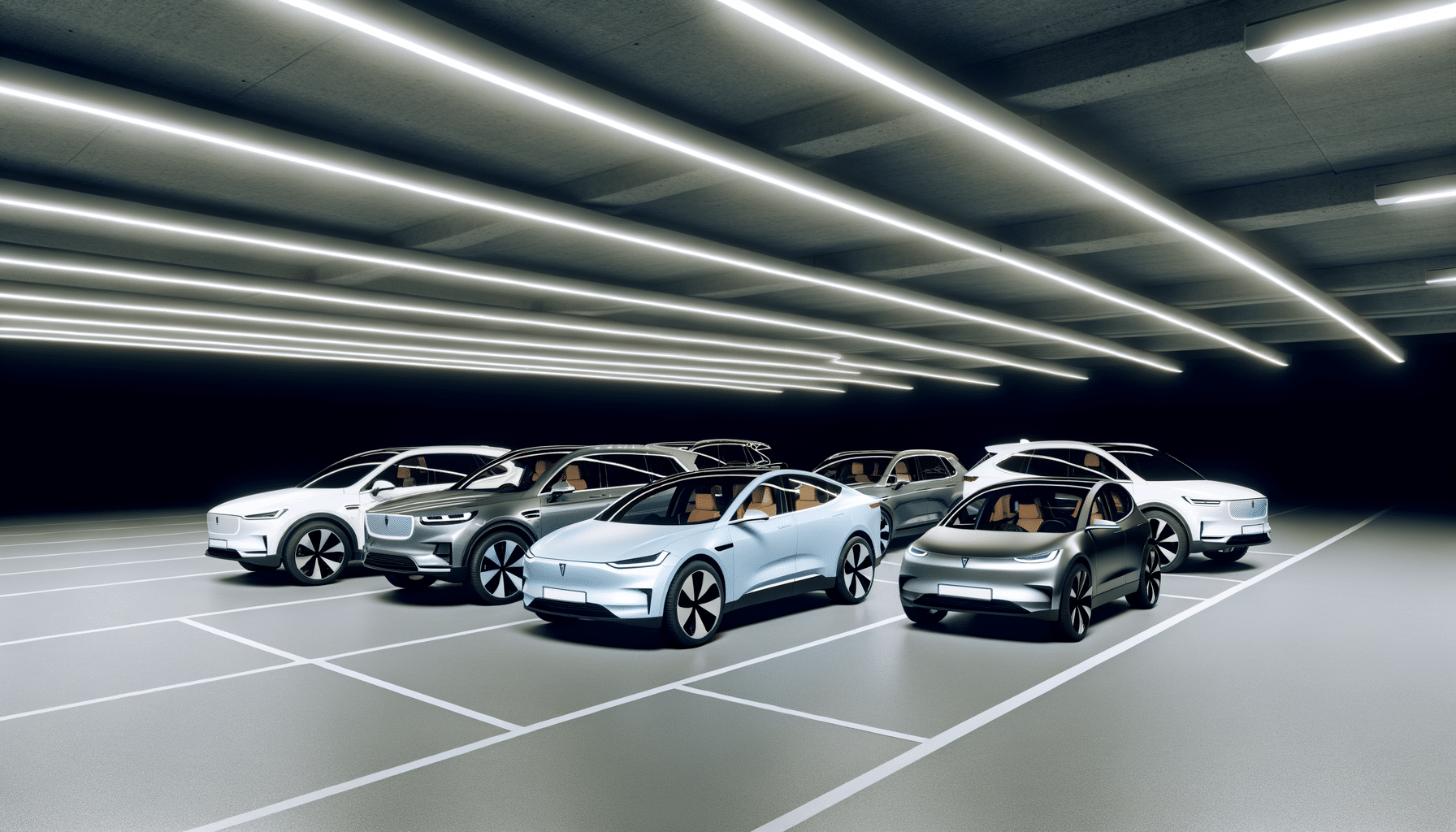
Tesla Surpasses 6 Million Vehicle Deliveries Since 2008
As the company prepares to announce its preliminary production and delivery figures for the first quarter of 2024, Tesla has officially surpassed the delivery of over 6 million vehicles since its inception in 2008. This achievement is particularly noteworthy as it establishes Tesla as the first automaker in nearly a century to reach such a significant milestone. This was a goal suggested for the company nearly a decade ago by Green Car Reports, which would position Tesla as the most prolific startup car manufacturer in the U.S. since the 1920s.
The Legacy of Kaiser
Kaiser, a now nearly forgotten name, was the last U.S. startup to achieve significant volume production over 60 years ago, manufacturing over 700,000 vehicles since 1945. To put Tesla’s 6 million vehicles into perspective, U.S. vehicle sales in 1950 accounted for 80 percent of the global production at the time. Today, the global market has expanded to almost 90 million vehicles annually, with the U.S. contributing to 17 percent of that total, as per J.D. Power. When compared to Kaiser’s production over 10 years, Tesla’s 6 million vehicles over 15 years represent a scaled equivalence in today’s larger market.
Tesla’s Notable Achievements
Tesla has made significant strides since 2008, launching several models including the Model S, Model X, Model 3, Model Y, and the upcoming Cybertruck, which is expected to reach mass-production levels. Beyond their product line, Tesla has influenced the global auto industry, particularly in 2013 and 2014, causing concern among traditional automakers. This was evident when engineers and executives from other companies, including Toyota CEO Akio Toyoda, showed keen interest in Tesla’s technology.
The company demonstrated that electric vehicles (EVs) could be fast, attractive, and desirable, challenging the previous stereotype of EVs as unappealing alternatives. Tesla also pioneered the scaling up of battery production with its Gigafactory, which commenced cell production in 2017. This foresight placed Tesla ahead of the industry curve in battery manufacturing.
Additionally, Tesla has established an extensive Supercharger network, with 25,000 connectors in the U.S. alone, setting the standard for a reliable and seamless fast-charging infrastructure. This network contrasts with the fragmented and often unreliable charging stations provided by other companies.
In terms of sales, Tesla has outpaced other automakers in the EV market, reaching 6 million vehicles sold, and continues to set ambitious targets for the future. While BYD has surpassed Tesla in the production of vehicles with plugs, Tesla remains the leader in battery-electric sales.
Tesla’s Traditional Innovation Path
Following a classic innovation trajectory, Tesla introduced advanced automotive technology starting with high-end models and gradually making it more accessible. The company’s first vehicle, the Roadster, was a high-performance model, followed by the more affordable Model S, Model X, Model 3, and Model Y. Tesla has also hinted at an even cheaper model in the future to increase its market share.
Areas Where Tesla Has Yet to Prove Itself
Despite its successes, Tesla has faced challenges and unfulfilled promises. The company has yet to deliver on hands-off automated driving, with both “Autopilot” and “Full Self-Driving” systems requiring active driver engagement. Tesla’s ambition to compete in the full-size pickup truck market with the Cybertruck remains to be tested, and the company’s attempt to bypass franchised auto dealerships has led to a complex legal landscape across different states.
Tesla’s experiment with battery swapping did not take off, with its sole station in California closing after a brief operation. The company also remains heavily reliant on the public persona of CEO Elon Musk, whose absence could pose a risk to Tesla’s innovative and forward-thinking image.
Conclusion
As Tesla continues to navigate the complexities of the automotive industry, its accomplishments and challenges both shape its journey. The company’s impact on the EV market is undeniable, and its future endeavors will be closely watched by enthusiasts and competitors alike.
